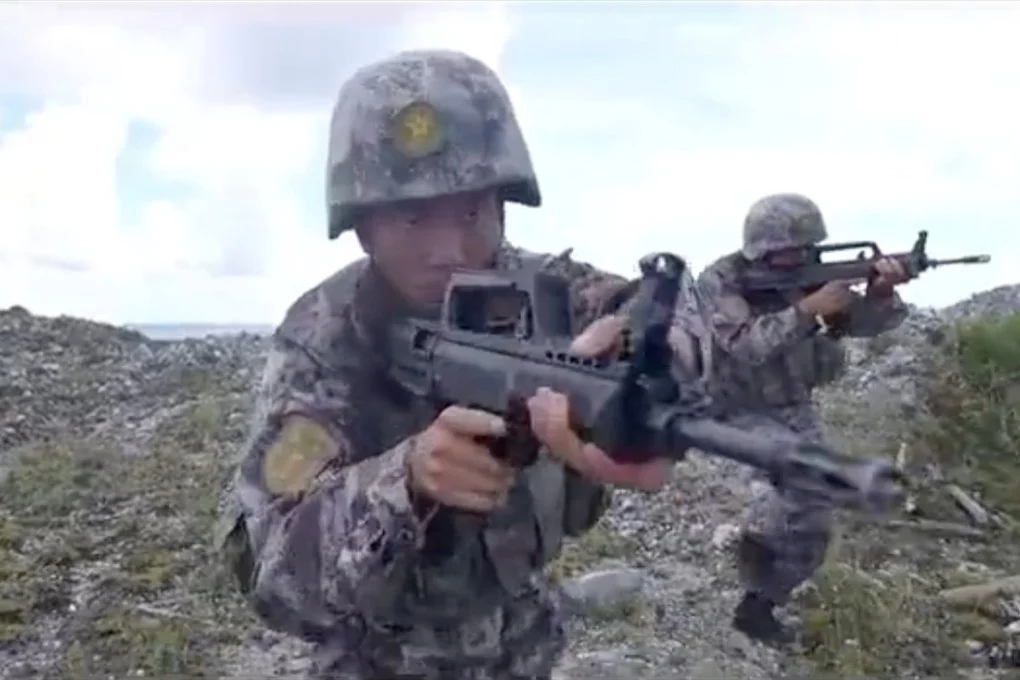The South China Sea remains a hotspot for military tension, and the latest development is no exception. Recently, the Chinese military has increased patrols in the region, especially in light of the Philippines and Japan conducting joint military drills. These heightened patrols by China coincide with growing concerns over territorial disputes and the broader strategic interests at play in the area.
What’s Behind the Joint Military Drills?
The joint military exercises between the Philippines and Japan reflect growing cooperation between the two nations, particularly as both face increasing pressure from China in the South China Sea. The drills, which focus on maritime security, aim to strengthen the military readiness of both countries in response to regional threats.
The Philippines, a long-time ally of the United States, has been on the receiving end of China’s expanding influence in the South China Sea. China’s extensive territorial claims in the region have often led to confrontations, particularly with countries like the Philippines, which has stakes in the disputed waters. Japan, a key U.S. ally, has also expressed concerns about China’s aggressive maneuvers, both in the South China Sea and beyond.
China’s Response: Increased Military Patrols
In response to these joint drills, China has ramped up its military presence in the South China Sea. The Chinese government views these exercises as a challenge to its authority in the region. The increased patrols serve as a reminder of China’s territorial claims and its willingness to assert its dominance over disputed areas, particularly around the Paracel and Spratly Islands.
While China’s military actions are often seen as a show of force, they also reflect a broader strategy to maintain control over vital maritime trade routes and natural resources in the region. These waters are crucial not only for trade but also for their rich undersea resources, including oil and natural gas deposits.
The Bigger Picture: Strategic Implications for Regional Security
The rising tensions in the South China Sea have far-reaching consequences for regional security. The Philippines and Japan’s joint military exercises are a direct response to China’s growing military activities and the shifting balance of power in the Indo-Pacific region.
With the U.S. reaffirming its commitment to defending its allies in the area, the presence of foreign militaries, including Japanese and Philippine forces, only complicates an already delicate situation. The Chinese military patrols are not only aimed at deterring these joint drills but also sending a message to other countries in the region that China will not tolerate any challenges to its territorial claims.
Conclusion: What’s Next for the South China Sea?
The situation in the South China Sea is far from settled. As the Philippines and Japan continue their military cooperation, China’s patrols will likely escalate, contributing to an already volatile security environment. How these dynamics play out will shape the future of regional stability in the Indo-Pacific, with global powers watching closely.
For now, the South China Sea remains a critical flashpoint, and the international community will need to navigate these turbulent waters with caution.



